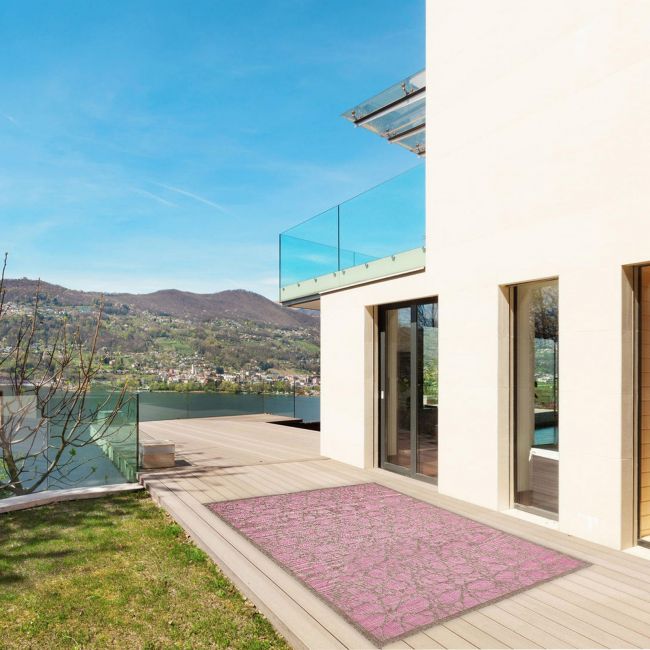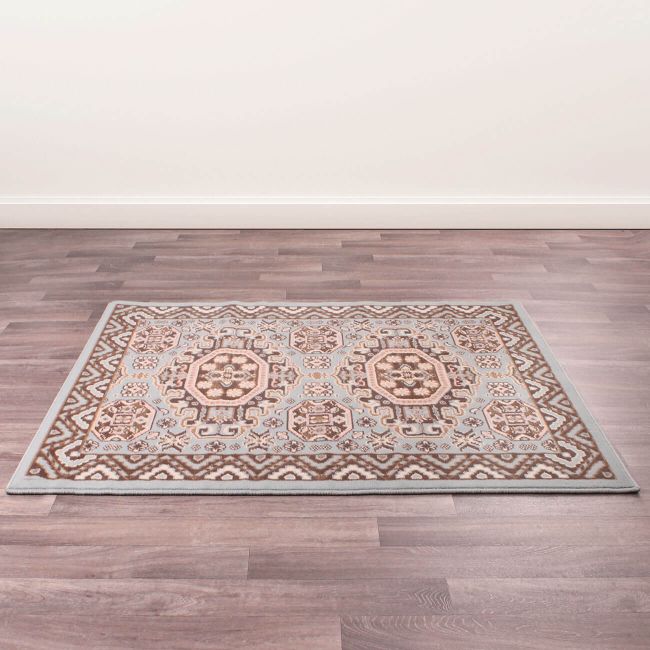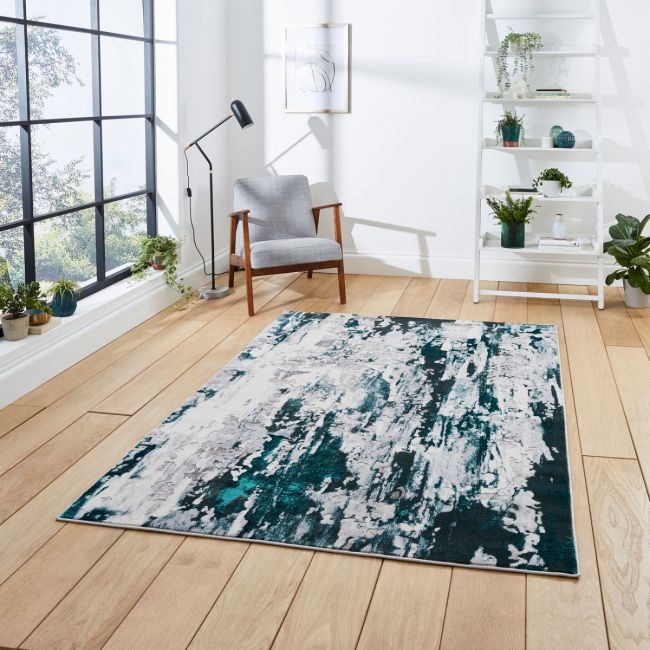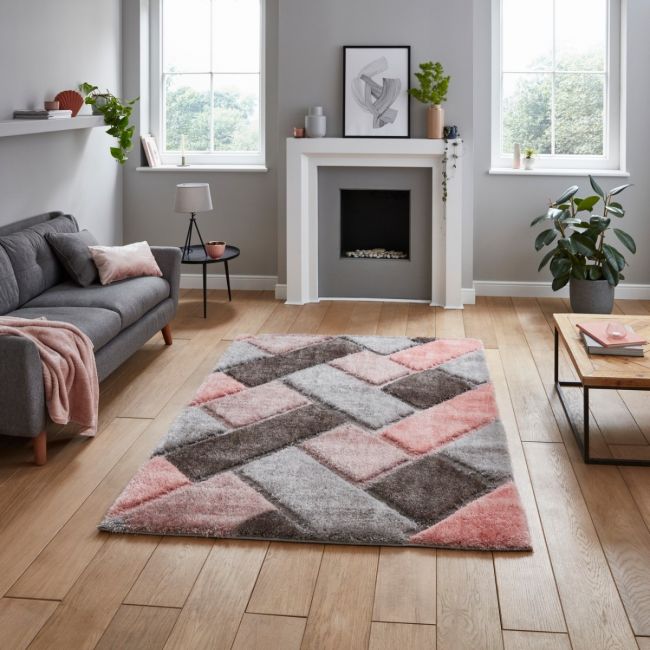Using Rugs to Create Visual Harmony in the Dining Room
The dining room serves as a gathering area for friends and family, a location where talks take place, and a place where memories are made. Achieving aesthetic harmony when designing and furnishing a dining area is crucial for producing a warm and inviting ambiance. The thoughtful application of rugs is a potent strategy for establishing this balance. Rugs can tie together numerous design elements to create a visually appealing and well-balanced environment in addition to adding warmth and comfort to the room. This article will tell you detailed information about how using rugs can create harmony in the dining room.
The Role of Rugs in Creating Visual Harmony

Rugs act as a design foundation for a space, and in the dining room, they are especially important in identifying the space where meals are taken and enjoyed. The following are some ways rugs enhance visual harmony:
1) Define the Dining Area
Determining discrete regions in open-concept living spaces can be difficult. In order to establish a sense of structure and organization, a well-placed dining room rug beneath the table can assist in separating the dining area from the rest of the space. The rug serves as a visual clue that indicates the room's purpose and makes it obvious where the room's focal point is located.
2) Unifying Design Elements
Furniture, lighting, and decor are common design components in dining rooms. A carefully picked rug can work as a unifying element, bringing together different elements that might otherwise seem disjointed. You may create a unified appearance that unifies everything in the room by choosing a rug that goes well with the existing color scheme and design of the space.
3) Adding Texture and Depth
Texture is important in interior design because it gives a room depth and aesthetic intrigue. Rugs add touchable texture, softening the dining room's look as a whole. The texture of the rug affects the sensory perception of the space, whether it's a velvety shag rug for a cozy feeling or a flat-woven rug for an uncluttered look.
4) Introducing Patterns and Colors
Rugs offer a way to include designs and hues that improve the dining room's aesthetic. A carefully chosen rug can add splashes of color that go nicely with the room's general color scheme. Additionally, the rug's patterns can complement or contrast those of other design components like curtains or upholstery, resulting in a pleasing visual interaction.
5) Enhancing Acoustics
Due to the hard surfaces like walls and tables, dining rooms can occasionally have poor acoustics. Rugs reduce echoes and improve the acoustics of the dining area by absorbing sound. This enhances both the room's comfort and sense of harmony in general.
Tips For Using Rugs to Create Visual Harmony
Now that we are aware of the importance of rugs in creating aesthetic harmony, let's look at some useful advice for utilizing rugs in the dining room:
1) Size Matters
Your choice of rug size is very important. A rug that is too small could feel out of place in the dining area, while a rug that is too big might take over the room. In a perfect world, the rug would go beyond the dining table's edges, leaving space for chairs to be moved out without slipping.
2) Think About Shape
Rugs can be found in many different shapes, such as square, round, and rectangular. The dining table's shape should complement the rug's shape. A round table goes well with a round rug, whereas a rectangular table works best with a rectangular rug. The selected form produces a symmetry that adds to the overall harmony.
3) Mind The Material
High-traffic locations like dining rooms are prone to stains and spills. Choose a rug made of a sturdy and cleanable material, like wool, a blend of synthetic materials, or an indoor/outdoor rug. These materials not only survive daily use demands, but they also keep looking good over time.
4) Coordinate With the Design

The dining room's current design components should complement the rug's pattern and color. The color of the walls, the type of furniture, and the atmosphere you want to create should all be taken into account. A rug that works in harmony with these elements rather than against them will give the room a more pleasing appearance.
5) Balance Patterns and Solids
Choose a rug in a solid color if your dining room has patterned drapes or furnishings to balance the visual composition. On the other hand, if the space has a tendency towards solid colors, a patterned rug might add a vibrant visual component. Finding the correct balance keeps the area from becoming too crowded or repetitive.
6) Layering For Depth
Consider stacking rugs for more visual variety. In the dining area, layering smaller rugs on top of bigger ones can add depth and perspective. Just make sure the layers match one another in color and style.
Also, if you are looking for good options for artificial grass and vinyl flooring, please click below to visit:









